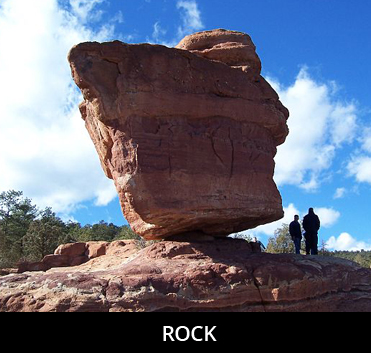Cave Facts for Kids in (Fun & Interesting Facts) (2023 Updated)
When you picture a cave, maybe you think of a dark, creepy place full of bats.
But here’s a fun Cave Fact for Kids, instead of being creepy, they’re actually really interesting! Read on to learn about what caves are really like, how caves are formed, and more cave facts.
What is a cave?
A cave is an area or space under the surface of the Earth, in hillsides, or in cliff walls. Most of the time, cave system is very complecated connection of underground passageways.
It’s kind of like an underground maze!
How are caves formed?
It takes a long, long time for a cave to form, because the natural processes that make a cave are very slow.
These processes can include pressure, erosion from water, volcanoes, tectonic plate movements, chemical actions, and microorganisms.
Most caves are formed in rocks that can dissolve more easily like limestone, marble, dolomite, and gypsum.
Solutional caves are the most common, and they are formed from rainfall and chemical processes.
When rain soaks into the Earth’s surface and carbon dioxide is released by dying plants into the soil, the water and the carbon dioxide form a chemical reaction that turns the water into carbonic acid.
Over time, the carbonic acid eats away at the rock and dissolves it, forming a cave passage. Most of these caves take more than 100,000 years to grow big enough to fit a human!
Caves called lava tubes are formed when a volcano erupts and lava flows across Earth’s surface.
The hot lava on the surface hardens and forms a solid roof, while the lava underground drains away, leaving an empty tube called a lava tube. They are also know as Primary caves or Lava Caves.
Glacier caves are enigmatic formations found within the body of glaciers, created primarily by the flow of meltwater through the ice. Unlike limestone caves, which are formed over thousands to millions of years due to chemical weathering processes, glacier caves evolve much more rapidly, as they are shaped by the dynamic movement and melting of the enclosing ice.
Mammoth Cave, located in south-central Kentucky, USA, is the world’s longest known cave system with more than 400 miles (640 km) of surveyed passageways. It’s renowned not only for its length but also for its intricate labyrinth of chambers, tunnels, and unique formations. Established as a national park in 1941, Mammoth Cave offers a rich tapestry of human history, geology, and biodiversity.
Sea caves form when constant movement from waves and tides gradually weakens sea cliffs, eroding the rock and creating a cave.
What are some features of caves?
Rock formations called speleothems decorate most of the caves. Speleothems can hang down from the ceiling, sprout up from the ground, or cover the sides of a cave.
The speleothems that hang from the ceiling look like icicles and are called stalactites. They form from water dripping from the roof of the cave.
Stalagmites grow upward, and this is usually from water that dripped off the end of stalactites. Sometimes stalactites and stalagmites join together in the middle, forming columns.
The sheets of calcite that cover some cave walls or even cave floors are called flowstones. Other rock formations include helictites, which form twisty shapes running in all directions.
These speleothems grow only an inch every 100 years, so you know that caves with large stalactites or stalagmites have been around for a long, long, long time!
What types of creatures live in caves?
Some animals like to hang out in the entrance of caves, but don’t truly live inside of caves.
These animals are called troglophiles, and they include mammals like foxes and bears, insects like spiders and cockroaches, and reptiles like salamanders and frogs.
Some troglophiles want to escape from the heat in a shady spot, and some use the cave entrance for safety, sleeping, or hibernation. Certain birds like swallows and owls may use cave entrances for nesting.
The true cave dwellers are the troglobites. These are animals that live inside of caves and never go outside.
They have usually adapted or adjusted to life inside a cave with physical changes like reduced or no vision and a loss of color.
For example, blind cave fish have no eyes and no coloring.
Bats aren’t actually troglobites because they only use caves for sleep and reproduction.
They frequently leave the cave to hunt food. Also, despite popular rumors, bats are not blind.
Scientists who study caves are called speleologists, and they believe there are close to 50,000 different species of troglobites.
Although new species are being discovered all the time, we will probably never discover them all.
Fun Cave Facts for Kids
Cave exploration is called caving, potholing, or spelunking.
Humans have used caves throughout history for burial grounds, shelter, and religious sites. Ancient treasures and artifacts have been found in caves all over the world.
The maximum depth a cave can reach underground is about 9,800 feet (3,000 meters). Beyond this point, the pressure from the rocks would become too great, and the cave would collapse.
The deepest known cave on Earth is the Voronya Cave, located in the western Caucasus Mountains of Georgia. Plunging approximately 2,212 meters (7,257 feet) below the surface, it remains a challenge for even the most seasoned speleologists.
Aren’t caves fascinating? Maybe one day you’ll go spelunking and explore one for yourself!














